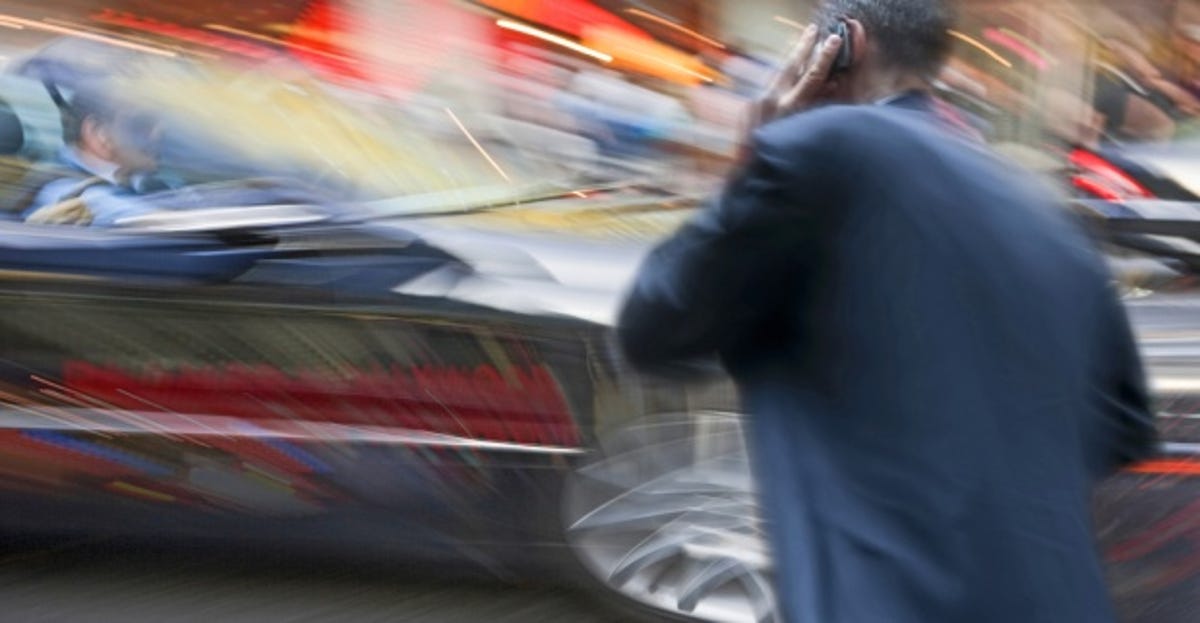
EE has flicked the switch and turned on 4G for nine more UK towns and cities. These are Barnsley, Chorley, Coventry, Newport, Preston, Rotherham, Telford, Walsall and Watford.
It means there are now 37 towns and cities in the UK where you can access broadband speeds on your mobile device.
EE claims it now covers 45 per cent of the homes and businesses in the UK. This isn’t the same as covering 45 per cent geographically though, as they’re all densely populated, and many rural areas will still be without. Indeed, more than 7 million Brits are yet to use the Internet at all, according to recent government figures.
The double-vowelled network says that by the summer, at least 72 UK towns and cities will have its 4G service, reaching more than half the population.
EE is the only game in town if you want 4G at the moment, though not for much longer. O2, Vodafone and Three have all won the right to launch their own 4G networks, after Ofcom hawked the required spectrum in an auction. More competition should spell cheaper prices for us consumers eager for a speed boost too.
Formerly Orange and T-Mobile, EE’s monopoly has seen it charge high prices for not very much data, though its CEO, Olaf Swantee, claims you don’t need those bothersome unlimited packages, as the average 4G punter only uses 1.4GB of data a month. But then with EE not offering an unlimited package, he would say that.
EE announced its financial results recently, but wouldn’t say how many people have actually opted to use its 4G service. Which suggests maybe it’s been fewer than expected. I think we’ll see a price war when the other networks launch their super-fast services in the spring. Three has already thrown down the gauntlet and said it won’t charge any extra for 4G. Over to you, O2 and Vodafone.
Have you got 4G where you are? Is it any good, or are you waiting for the price to come down? Let me know in the comments, or zip over to our Facebook page.



